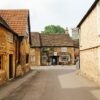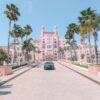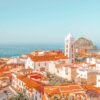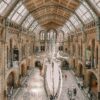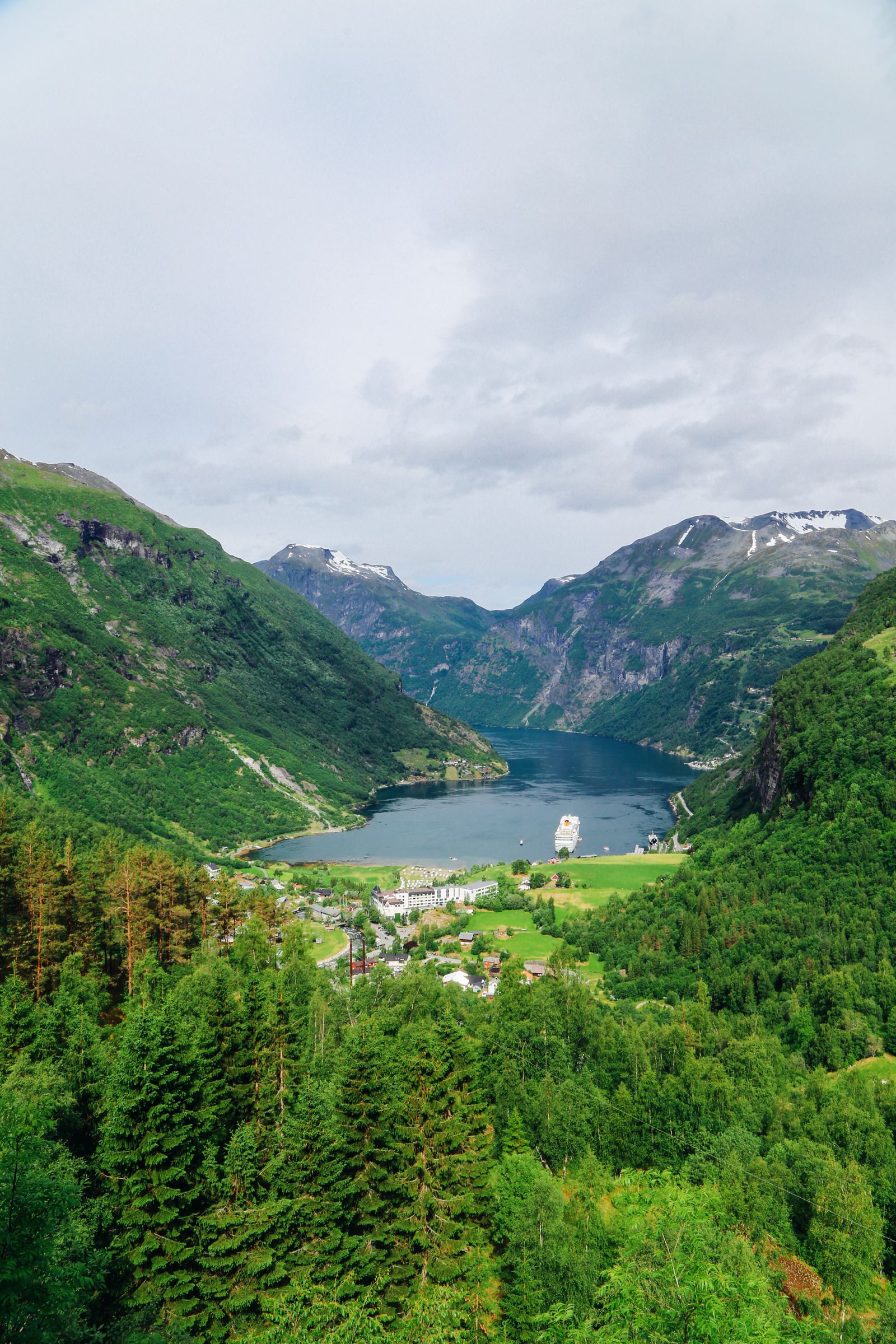When you think of visiting Germany, there are just so many amazing cities (and towns) that leap right to the top of the list with so many other gems kinda overlooked.
Munich (especially with its famous Oktoberfest), Berlin with its famous Dom, grit and amazing nightlife, Cologne’s Christmas markets and Hamburg’s Hanseatic charms, not to mention the many castles dotted around the German countryside all seem to vie for your attention – so much so that eastern cities like Leipzig don’t always seem to get the attention they deserve.


This isn’t peculiar to us either. When we flew into Leipzig, we flew in via Munich and the guy at immigration asked where we were going to.
“Leipzig” I said, eagerly.
“Why???” He responded bewildered.
“Oh, for a holiday…” I responded with slight indignation, surprised by the question but feeling a tad cheeky.
“Why???” He responded again, before expressing his confusion about why anyone would be choosing Leipzig over Munich.
I smiled, grabbed my passport and left.


He was so very wrong, by the way!
Once we arrived and went on a rather special tour of the city, we totally understood why he would think so though. And it wasn’t because of how Leipzig looked! The city is very pretty. It’s because of Leipzig’s history.
See, back in the days when East Germany and West Germany were two different countries, Leipzig was part of East Germany also known as the GDR (German Democratic Republic).
After the war, and right up to the late 80s/early 90s, the GDR was relatively poor and couldn’t demolish any of the old historic buildings in the city like other places West Germany was able to.
Suffice to say, it wasn’t nearly as pretty then as it is right now and would hardly have been considered a great holiday spot back in the 80s.
With the reunification of East and West Germany, cities like Leipzig (which had historically been quite wealthy and beautiful cities) were open for investment and with that, all those historic buildings (many of which are residential – so it’s not just the shiny official ones) could be restored to their old glory.


It’s funny (not “haha!” funny – just something which gives you pause for thought) when you think about it now. The cities that were wealthy back then could knock down historic buildings and replace them with the 60s or 70s architecture, architecture that no one seems really crazy about these days and which doesn’t hold a torch to the grandeur of some of these centuries-old buildings.
The poorer cities like Leipzig couldn’t. That relative lack of wealth decades and decades ago is what is now reflected in the huge architectural wealth in the city!
When we arrived, I just thought “This city is so beautiful! There are so many amazing sights to see here – how have we never visited or even thought to visit before this!”.
Even as perplexed as I was by the Immigration officer’s comments, I didn’t even stop once to think of the history of the city. I wasn’t privy to this information until that tour (it was a Trabi tour, by the way – I’ll tell you more about that in another post).
I actually started off writing this post just to introduce you to this amazing city and show you some of the photos I took from our time in the city before going into even more details in future posts (as I do) but I found that whole history, and how the ugly duckling had turned into a beautiful swan far too intriguing to not share.
Anyway, I’m going to stop going on and on now and just share with you the rest of the photos from Leipzig! As always, I will have more posts and even more photos from this amazing German city in the coming days and weeks!




Check Out The Very Best Of Great Britain!



















